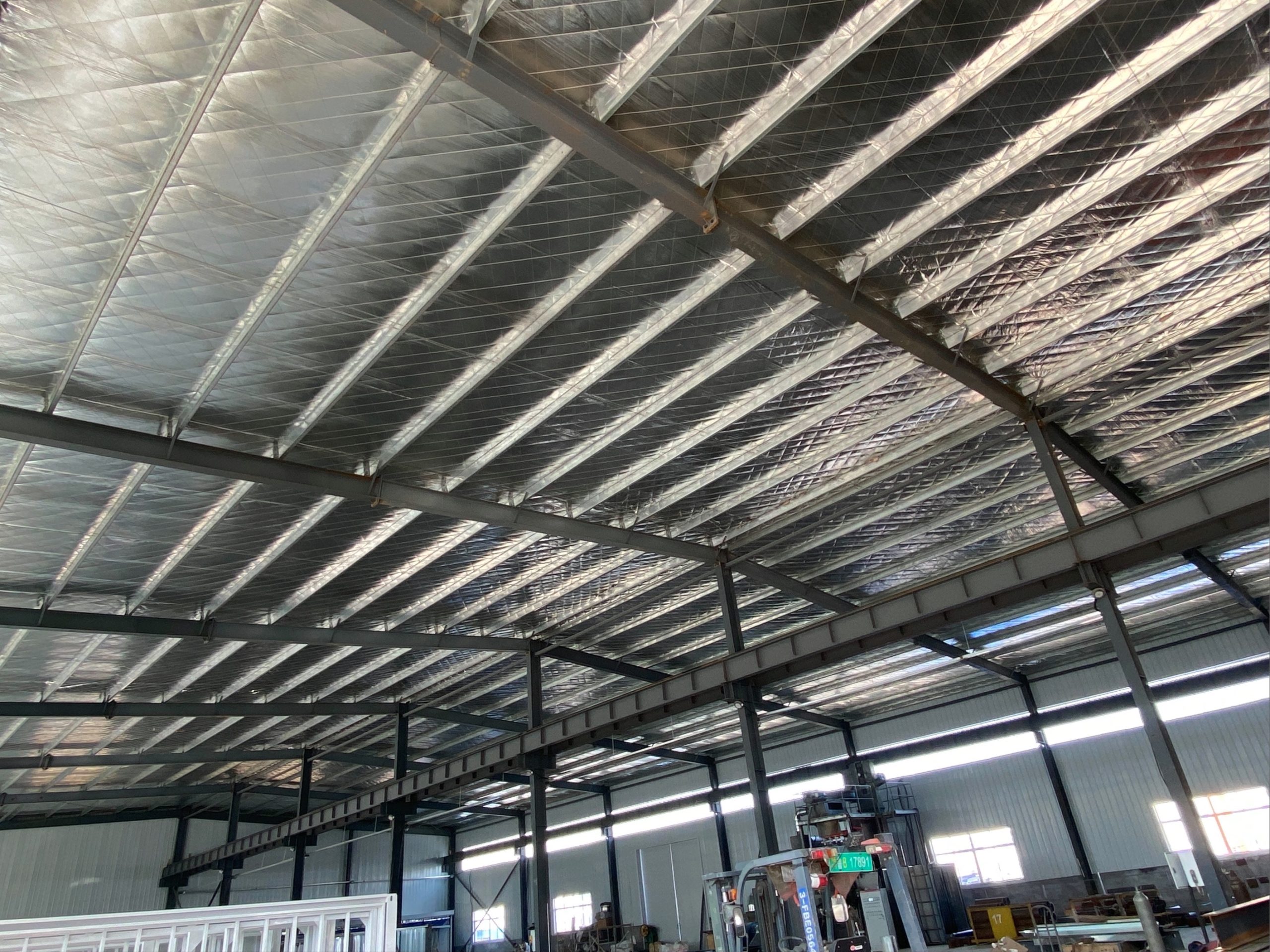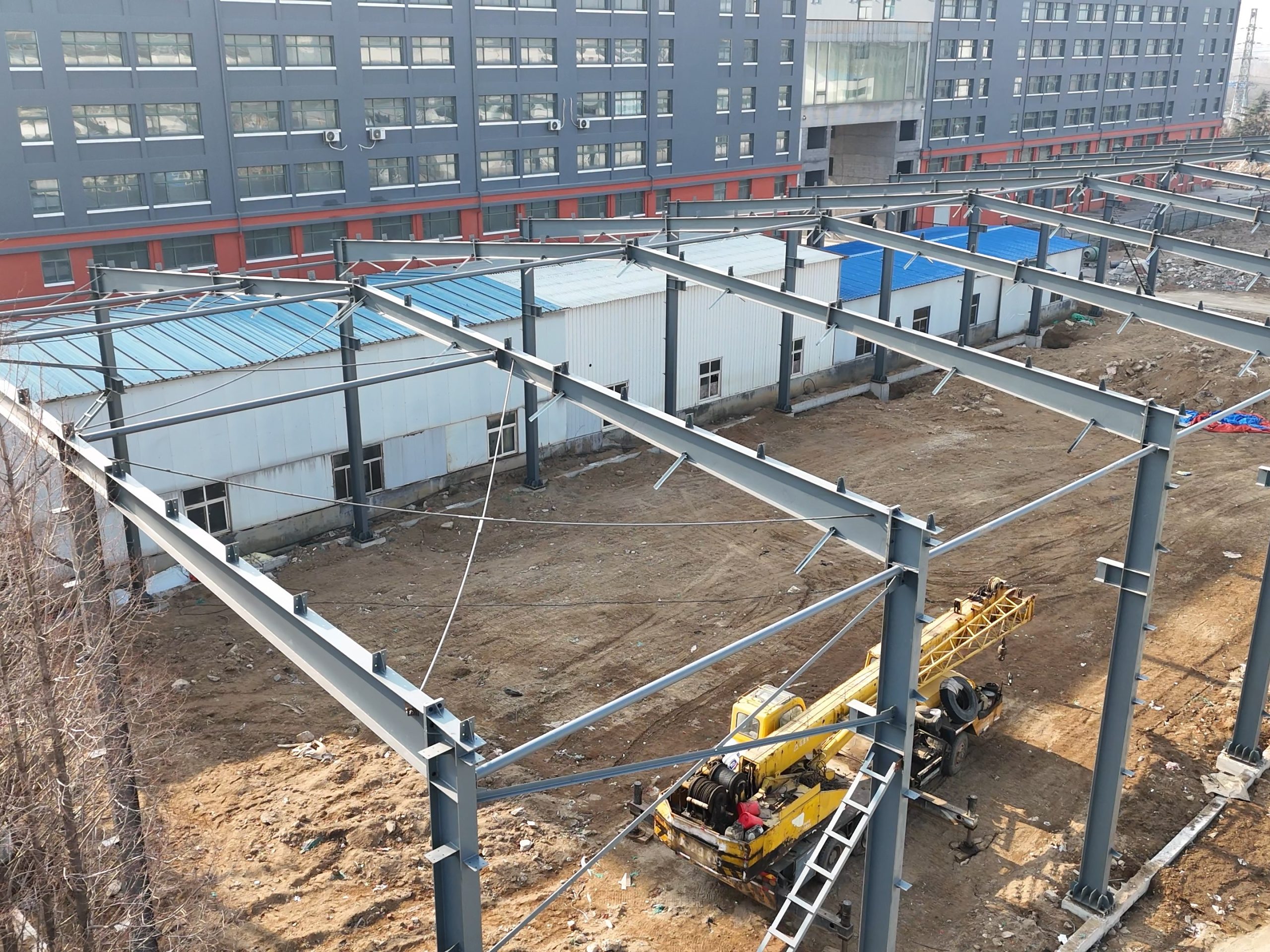Table of Contents
Introduction to Steel Production:
Steel production is a complex and fascinating process that involves various steps and technologies. In this article, we will delve into the key aspects of steel production, providing you with a comprehensive understanding of how this essential material is made.

To begin, steel production starts with the extraction of Iron ore from the earth. Iron ore is a naturally occurring mineral that contains iron in varying concentrations. Once the iron ore is extracted, it undergoes a process called beneficiation, which involves crushing, grinding, and screening to remove impurities and increase the iron content.
After beneficiation, the iron ore is transformed into iron through a process known as smelting. Smelting involves heating the iron ore to high temperatures in a blast furnace, along with a reducing agent such as coke or Charcoal. The heat and reducing agent react with the iron ore, causing the iron to separate from the impurities and form a molten mass known as Pig Iron.
Pig iron is a crude form of iron that contains high amounts of impurities, including carbon, silicon, and other elements. To convert pig iron into steel, the impurities must be removed. This is achieved through a process called refining, which involves various methods such as basic oxygen steelmaking, electric arc furnace, and open hearth furnace.

In basic oxygen steelmaking, oxygen is blown into the molten pig iron, causing a chemical reaction that removes impurities and reduces the carbon content. This process is highly efficient and widely used in modern steel production. Electric arc furnace and open hearth furnace are alternative methods that rely on electric currents and combustion of fuel, respectively, to remove impurities and refine the pig iron.
Once the refining process is complete, the molten steel is cast into various shapes and forms, depending on the desired end product. This is done through a process called casting, which involves pouring the molten steel into molds or continuous casting machines. The steel is then cooled, solidified, and further processed to achieve the desired specifications.
After casting, the steel undergoes further treatment to improve its properties. This may involve processes such as rolling, forging, or heat treatment. Rolling, for example, involves passing the steel through a series of rollers to shape it into plates, sheets, or other forms. Heat treatment, on the other hand, involves heating and cooling the steel to alter its physical and mechanical properties.
Throughout the entire production process, various technologies are employed to ensure efficiency and quality. These include automated systems for Material Handling and processing, advanced Sensors for monitoring and control, and sophisticated equipment for testing and analysis. Additionally, environmental considerations play an important role in modern steel production, with technologies and practices implemented to minimize emissions and waste.
In conclusion, the production of
